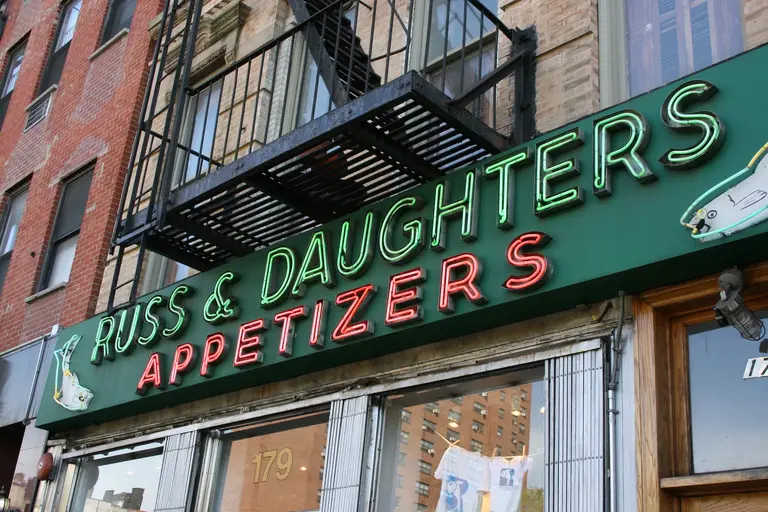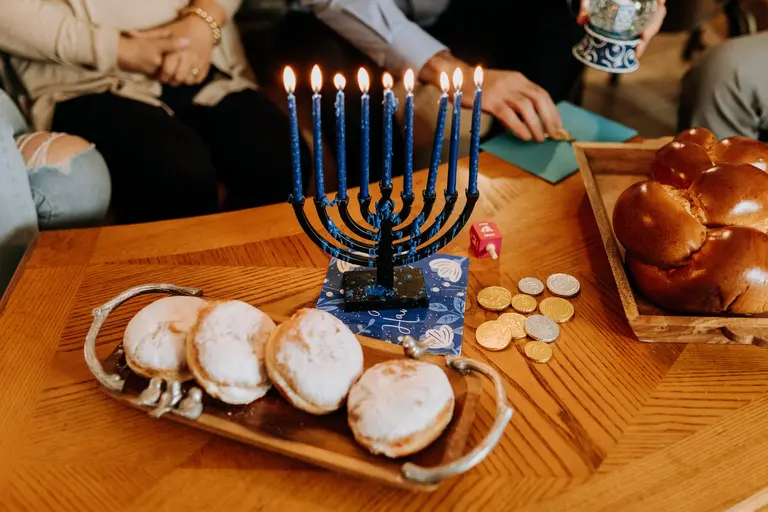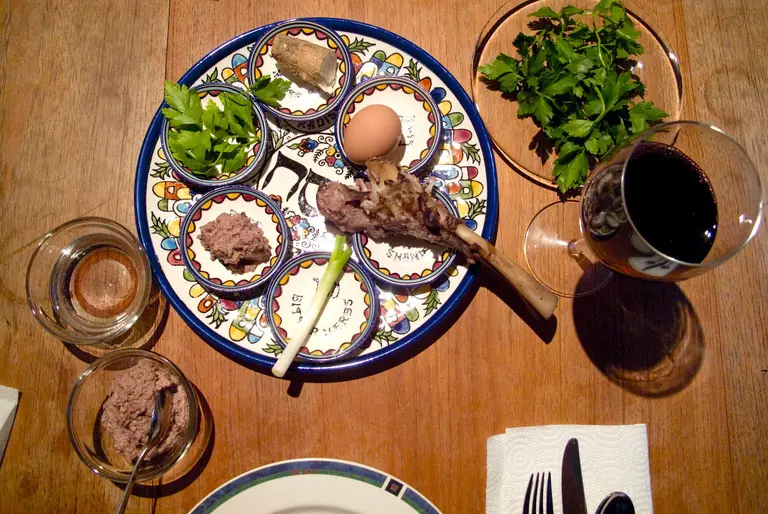
Russ & Daughters on the Lower East Side; Photo by Sali Sasaki on Flickr
Russ & Daughters opens new location in Hudson Yards
More here

Russ & Daughters on the Lower East Side; Photo by Sali Sasaki on Flickr

Photo by RODNAE Productions from Pexels

Photo by Robert Couse-Basker on Flickr
Take a tour inside the Greenpoint home of Grace Bonney, founder of Design*Sponge. [BK Mag] A then-and-now photo comparison shows how many trees have been planted in NYC in the last century. [NY Times] Astor Place gets a Keith Haring sculpture. [EV Grieve] The Sturgeon Queens, a documentary about Russ & Daughters, premieres tonight on […]